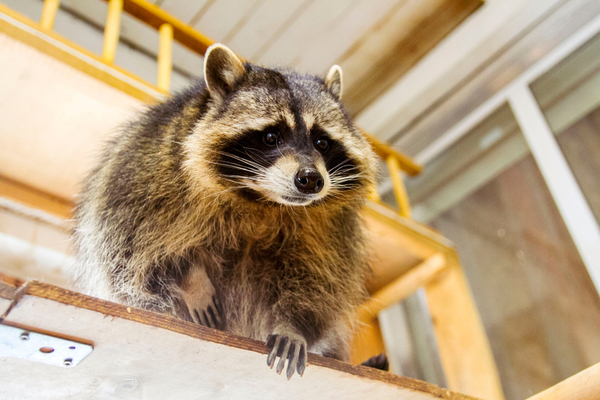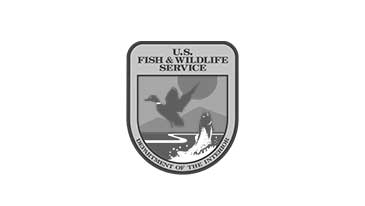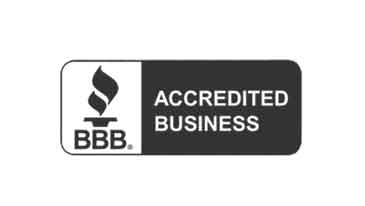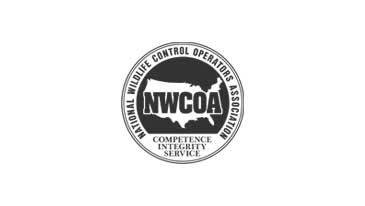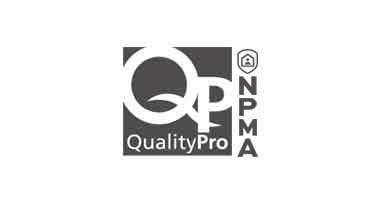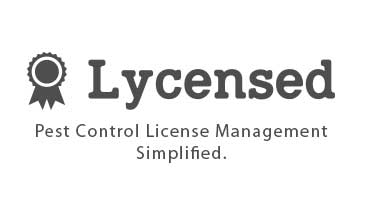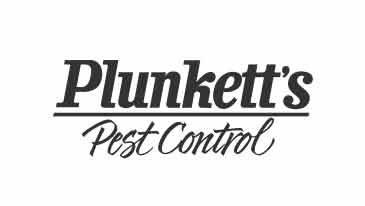Spotting a deer in the wild is a fascinating experience, especially when you encounter one near your own home. Thinking about where that deer came from can suddenly change the way you look at about your own environment. Thinking about how a deer sees your neighborhood will help you notice things you might never have considered.
After you encounter a deer, you might wonder
why you happened upon it in the first place. Why was it near you? What was it doing? What did it want? Understanding the answers to these questions will help you understand the environment around you far better. In order to answer these questions, you’ll have to learn a little about why deer live where they do. These are the top four favored living environments for
common white-tailed deer. If you live near one of these, then
deer live near you!
Coniferous Trees
Coniferous plants are perennial, cone-producing, needle-bearing trees and shrubs like pine trees. Coniferous trees are evergreen, meaning they maintain their full body of needles all year. These needles provide a source of shelter, warmth, bedding, and even food for deer, even in winter. Coniferous shrubs and trees also help hide deer from predators while they sleep. In winter, pine tree’s low, dense branches also provide cover from wind and falling snow.
Deer often sleep close to the trunks of pine trees to maximize the cover and shelter they provide. Dense concentrations of pine trees and other coniferous trees are particularly popular with deer. Many deer may live in relatively close proximity amongst particularly dense forests of coniferous trees. Stands of coniferous trees are
sometimes called “deer yards” because they’re an ideal environment for resting herds. If you see deer near your home quite frequently, it’s probably because you live near some attractive pine trees!
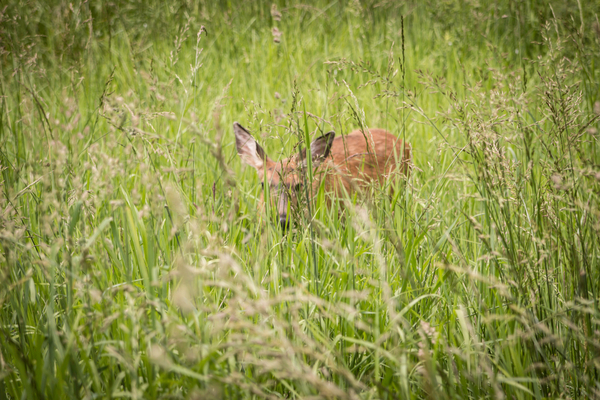
Tall Grass and Brush
Deer are herbivores who feed on grass, twigs, stems, weeds, and other associate brush. They tend to sleep during the day and come out to feed in twilight or darkness. To sleep comfortably during the day, however, they require bedding that will hide them from potential predators. On the other hand, deer
also want to sleep somewhere sunny, so they can absorb sunlight to keep warm. This is especially important in the winter, because deer never hibernate.
Tall grass and brush can often satisfy both of these somewhat contradictory requirements. Tall grass capably conceals a deer’s bedding place, but unlike trees, it won’t block sunlight. Deer can rest in tall grass during the day while warming up to prepare to forage at night. Fields of tall grass also give deer the opportunity to graze for food without leaving their hiding places. Their food is their hiding place!
Wetlands
Just like everything else, deer require a constant source of water to survive. Most deer tend to stick close to a large, consistent source of water like a lake or stream. They’re particularly fond of swamps, riversides, or wetlands, because these areas also produce plentiful vegetation they can feed on. Deer typically live inside a
square mile radius centered on their water. This radius may change slightly in winter, when food and cover become harder to find.
During the day, deer hide in brush and overgrowth near their water sources. Starting around twilight, they venture out to drink and graze on nearby vegetation. They may venture closer to populated areas at night as they feed and look for bedding. You may also spot them on riverbanks or clearings near water. Deer are so cautious that they even tend to drink water from the best hiding places they can find.

Overgrowth
By now, you’ve no doubt noticed some patterns of deer behavior. Deer are highly cautious, shy, and careful animals. Their first instinct when choosing a place to live is to look for a place where they feel safe. For deer, safety means cover, shelter, and hiding places. Pine trees and tall grass serve these functions well, but
any overgrown, forested area will do. Even if deer can’t find their ideal environment, they’ll make due with what they can find just fine.
Deer thrive in any environment with plentiful food, water, and shelter. They can feed on virtually any plant life, but they prefer grasses and soft leaves. Likewise, they’ll live near any water source, but they prefer running water like streams and rivers. Evergreen plant life provides better shelter for deer than deciduous plant life. The denser the overgrowth, the better it can conceal and shelter deer.
Thinking about how an animal views the world can transform your understanding of the environment around you. Next time you’re on a walk around your neighborhood, try to spot some of these ideal deer environments nearby. You might be surprised what you discover!
Of course, sometimes you don’t need to go far to study animal ecosystems--because they’re a little
too close to home. In those cases, feel free to
give Varment Guard a call any time. We’ll take care of your trouble so you can get back to appreciating nature--from a safe distance.



